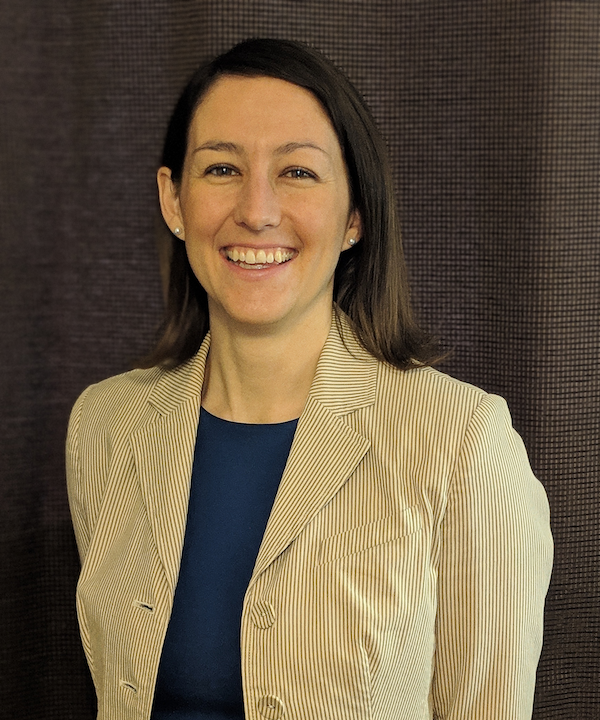Kaitlin Basham
Assistant Professor of Oncological Sciences
Cellular Senescence, Wnt Signaling, Adrenal Cancer, Mouse Models of Cancer, Developmental Biology

Molecular Biology Program
Education
B.S. Saint Mary’s College of California
Ph.D. University of Utah
Research
Our broad research interests are aimed at understanding mechanisms that drive the initiation and evolution of cancer in order to develop more effective therapies. Specifically, our studies focus on mechanisms important during normal development, aging, and tumorigenesis in the adrenal cortex, which is an essential endocrine organ responsible for steroid hormone production. We aim to understand the cellular and molecular mechanisms that control adrenal gland development and organ maintenance, and how dysregulation of these processes contributes to adrenocortical carcinoma (ACC), which is a highly aggressive form of cancer with few effective treatments. Our current specific objectives include:
- Employ a transgenic mouse model of conditional Znrf3 ablation to study the tumor protective versus tumor promoting roles of cellular senescence in cancer.
- Establish an orthotopic, syngeneic tumor transplant model to study the interaction between adrenocortical tumor cells and the tissue microenvironment.
- Develop transgenic mouse models to examine the role of novel molecular pathways important for maintaining stem and progenitor cell populations during development and homeostasis of the adrenal cortex.
Please visit our lab website for more information.
